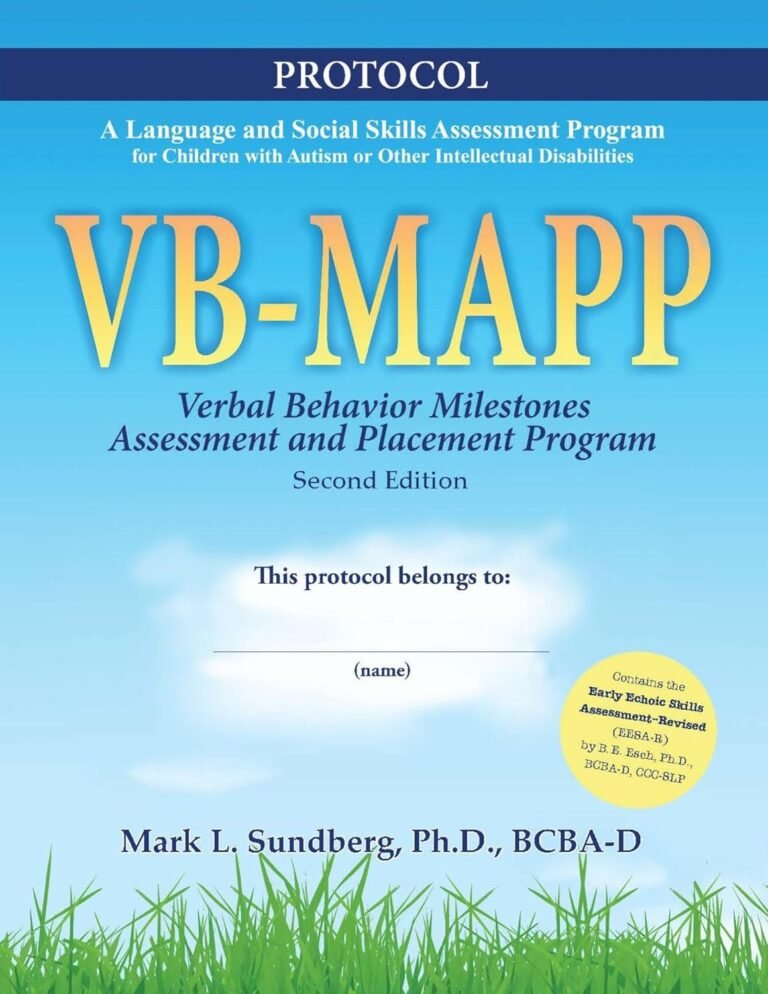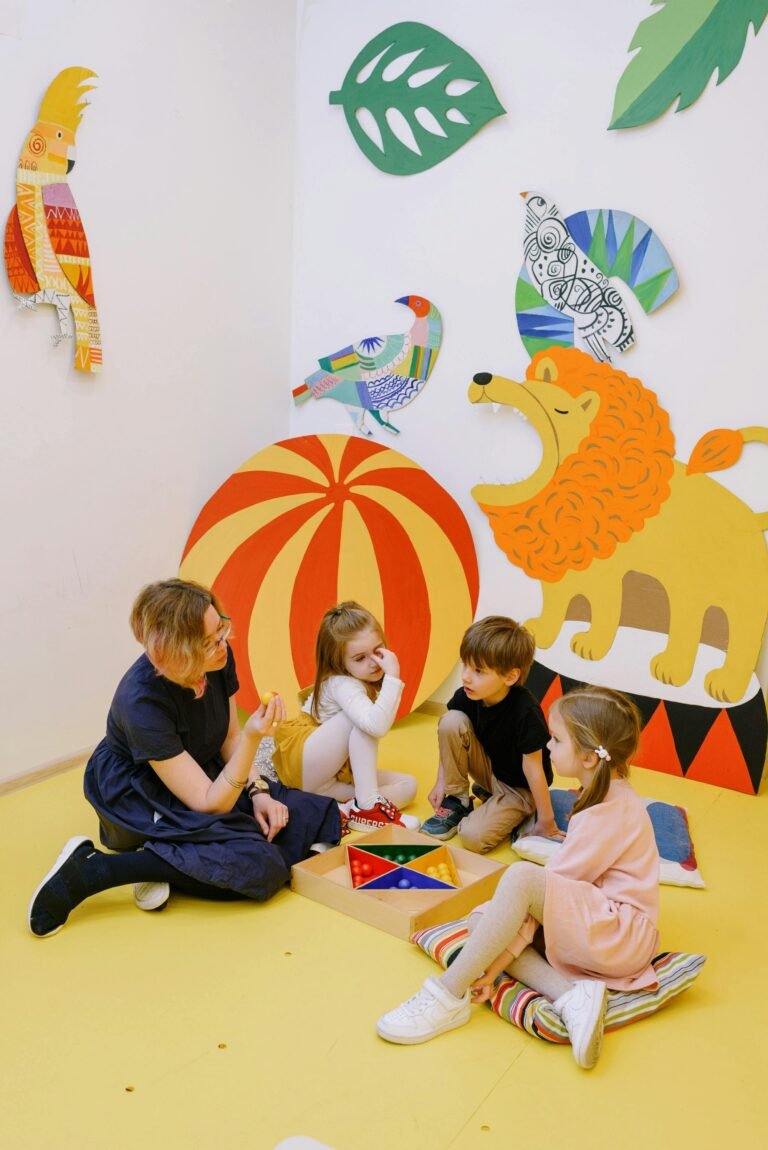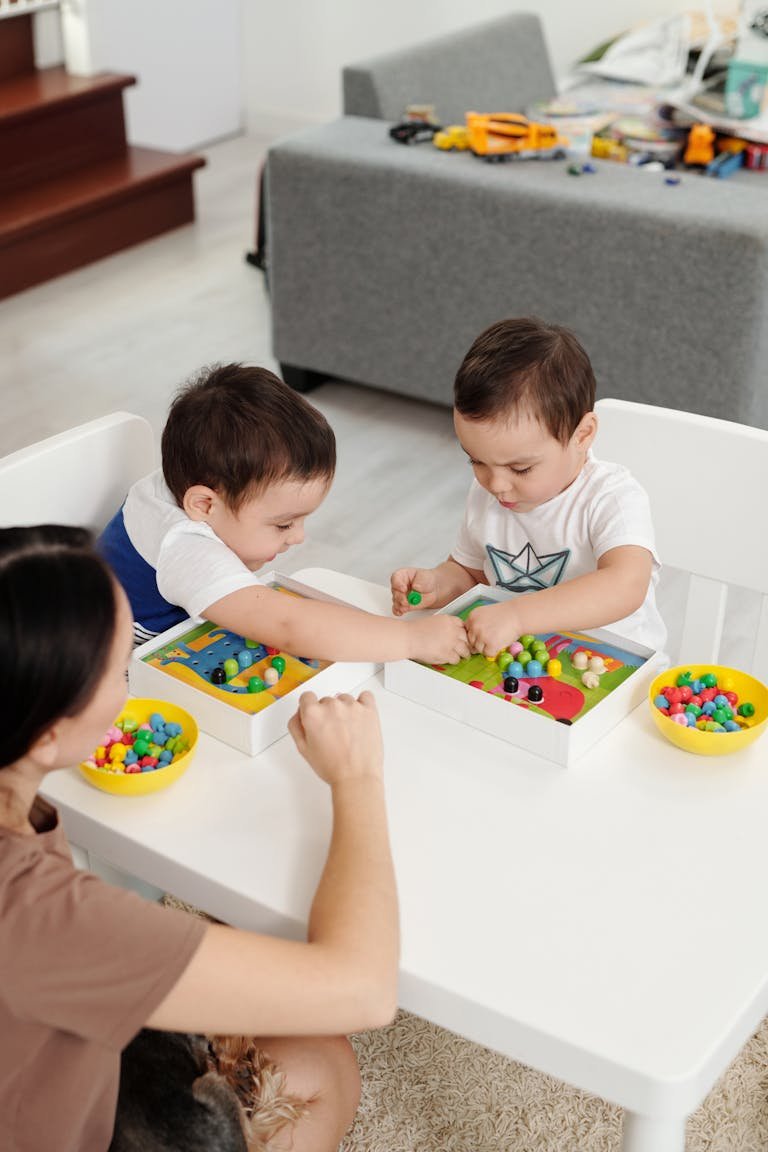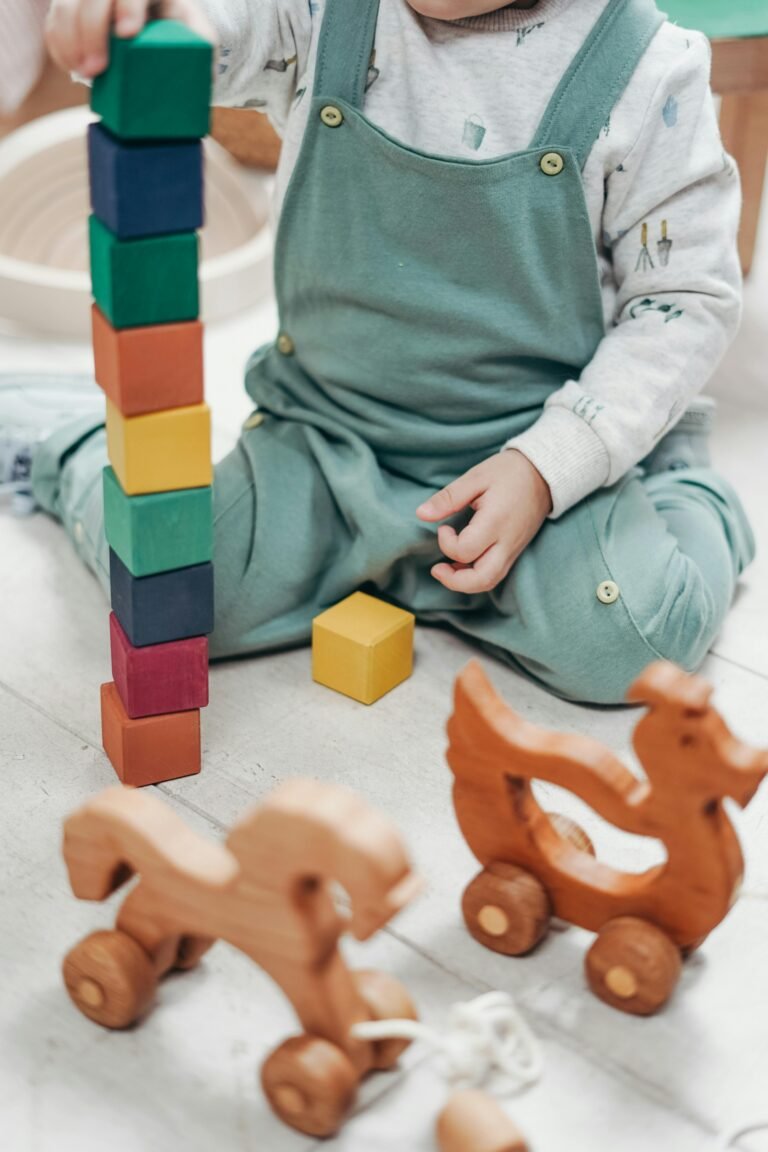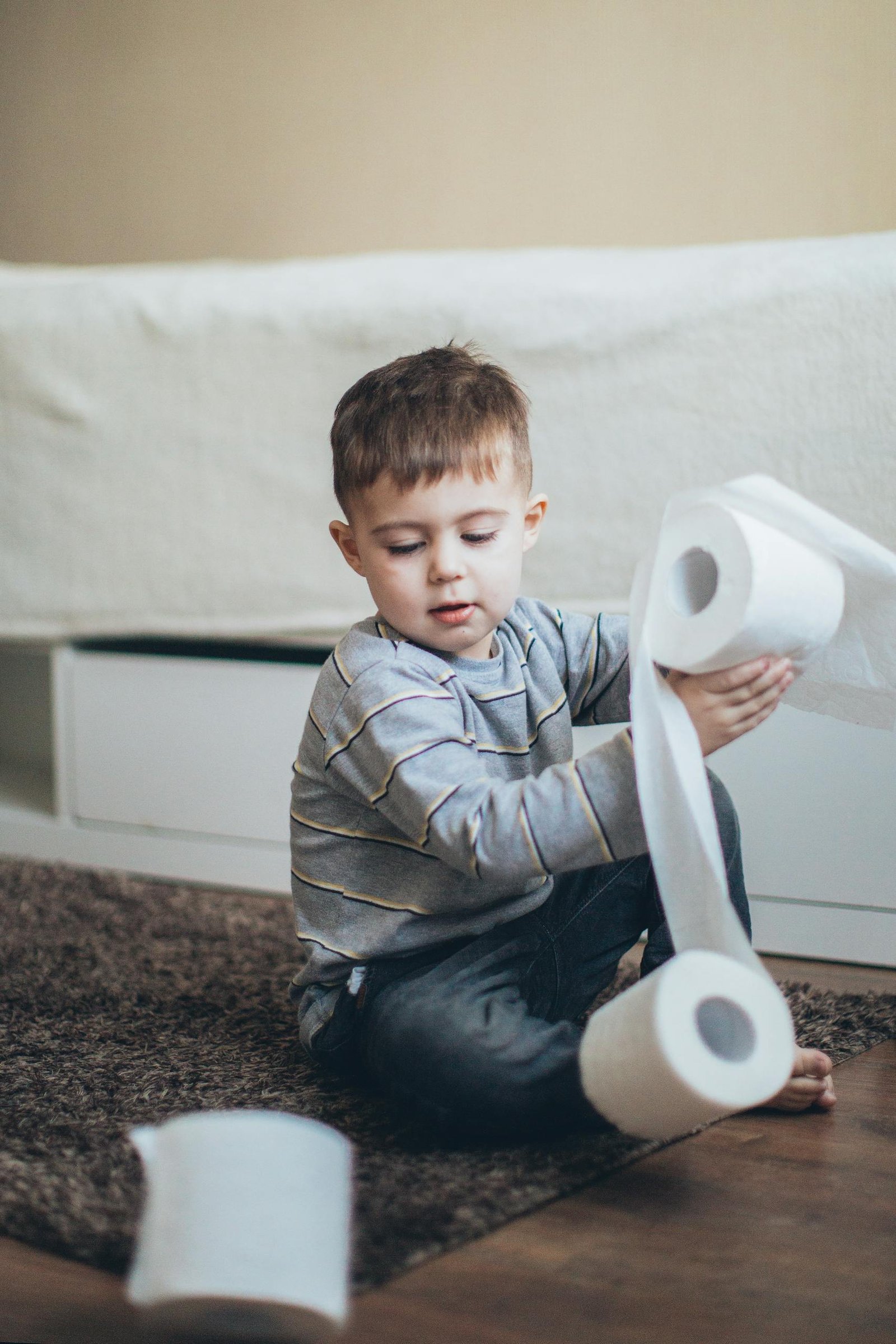
Toilet training can be a significant milestone for any child, but it can present unique challenges for children with autism. If you’re a parent of a child with autism, the following steps, based on principles of Applied Behavior Analysis (ABA), can help guide you through the process.
1. Motivate and Identify the Need
The first step is to figure out when your child needs to use the bathroom. This might seem obvious, but paying close attention to your child’s patterns is key.
2. Skills Assessment
Every child is different. Some might have some of the necessary skills, while others may need to learn everything from scratch. Pinpoint the specific skills your child already has and the ones they still need to learn.
3. Task Analysis: Breaking Down the Bathroom Routine
This is where ABA’s task analysis comes in. Break down the entire toileting process into small, achievable steps. This might include:
- Pulling down pants
- Sitting on the toilet
- Wiping
- Pulling up pants
- Flushing
- Washing hands
4. Clear Communication is Key
Use simple, easy-to-understand verbal instructions for each step. Consistency is key, so use the same words every time.
5. Show, Don’t Just Tell
Modeling is a powerful tool. Show your child what each step looks like. Let them observe you going through the routine.
6. Guiding Your Child
Initially, you’ll likely need to physically prompt your child through each step. This might mean gently guiding their hands to pull down their pants or helping them sit on the toilet. As they progress, you can use less intrusive prompts like pointing or gesturing.
7. Chaining: Putting it All Together
Chaining involves teaching those individual steps in the task analysis. You can use forward chaining, where you start with the first step and gradually add more. Or, you can use backward chaining, where you start with the last step and work your way back.
8. Setting a Schedule
Predictability can be very helpful for children with autism. Establish a regular toileting schedule, even if they don’t indicate they need to go.
9. Positive Reinforcement is Essential
Celebrate every success, no matter how small! Use rewards your child loves, whether it’s praise, a small treat, or a favorite activity.
10. Gradually Fade Prompts and Reinforcement
As your child becomes more independent, slowly reduce the level of prompting and how often you provide reinforcement.
11. Generalization: Practice Makes Perfect
Practice the routine in different bathrooms and with different caregivers to help your child generalize the skill.
Toilet training can be a journey, but with patience, consistency, and the right approach, it’s an achievable goal.

